Introduction
Concrete testing is a cornerstone of modern construction, ensuring structural integrity, safety, and longevity. Accurate testing allows engineers, contractors, and quality control labs to assess whether concrete meets required standards and specifications. With the construction industry rapidly evolving, the role of a Concrete Testing Equipment Manufacturer has never been more critical.
Over the past decade, the demand for innovation, automation, and sustainability has significantly transformed concrete testing equipment. Gone are the days when labs relied solely on manual machines that required intense human labor and produced inconsistent results. Today’s cutting-edge equipment integrates digital monitoring, IoT capabilities, AI-driven predictive analytics, and eco-friendly processes, making testing more efficient, precise, and environmentally responsible.
Engineering Solution Equipment, a leading concrete testing equipment manufacturer, has been at the forefront of this revolution. Their solutions are enabling civil engineers, laboratories, and construction companies to achieve higher accuracy, better compliance, and operational efficiency, while contributing to sustainable infrastructure development.
In this blog, we’ll explore 10 major trends shaping the future of concrete testing equipment manufacturing, backed by real-world examples, technological insights, and industry data.
1. Automation and Digital Integration
Automation is one of the most impactful trends in modern concrete testing. Traditional equipment required manual operation, which could introduce human error and inconsistencies in test results. Modern automated systems use PLC-controlled mechanisms, digital load application, and integrated measurement devices to ensure high precision.
Key Advantages:
- Consistent and repeatable test results
- Faster testing cycles and higher throughput
- Reduced labor costs and minimized human error
Case Example:
A leading construction laboratory in Bengaluru adopted Engineering Solution Equipment’s automated compression and tensile testing machines. Within six months, their lab productivity increased by 30%, while reporting errors dropped significantly.
Impact on Industry:
Automation allows labs to maintain high-quality standards while handling large-scale infrastructure projects efficiently. It also ensures contractors can rely on test data for decision-making in real-time.
2. IoT-Enabled Smart Testing Equipment
The integration of Internet of Things (IoT) technology has brought smart capabilities to concrete testing equipment. IoT sensors embedded in machines can collect real-time data, send alerts, and even predict equipment maintenance needs.
Benefits Include:
- Remote monitoring of multiple labs or construction sites
- Real-time data collection for rapid decision-making
- Predictive maintenance to reduce downtime and repair costs
Example:
Engineering Solution Equipment’s IoT-enabled machines allow labs to monitor concrete curing, strength development, and load application remotely, ensuring accurate reporting across multiple locations.
Industry Significance:
With IoT integration, concrete testing moves from reactive to proactive management, enhancing both productivity and data reliability.
3. Sustainability and Eco-Friendly Equipment
Sustainability is no longer optional in construction; it is a regulatory and societal expectation. Concrete testing equipment manufacturers are designing eco-friendly solutions that minimize energy consumption, reduce waste, and support greener construction practices.
Innovations Include:
- Low-energy curing chambers
- Recyclable molds and accessories
- Digital reporting to minimize paper usage
Benefits:
- Compliance with LEED, IGBC, and other green building standards
- Reduced operational costs through energy efficiency
- Enhanced corporate responsibility for construction firms
Example:
A laboratory using Engineering Solution Equipment’s energy-efficient machines reported a 20% reduction in electricity consumption while achieving more precise test results.
4. Portable and On-Site Testing Solutions
Modern construction projects require immediate quality checks. Portable and on-site testing equipment allows engineers to evaluate concrete properties without sending samples to distant labs.
Benefits:
- Rapid test results for decision-making
- Reduced transportation of heavy concrete samples
- Flexibility for urban, rural, and remote project sites
Case Study:
A rural highway project in Madhya Pradesh implemented portable compression and slump testing machines. On-site testing allowed engineers to identify inconsistencies early, avoiding costly rework.
Industry Trend:
Portable testing solutions are increasingly demanded in fast-track projects, urban redevelopment, and emergency infrastructure repairs.
5. Advanced Material Testing Capabilities
The future of concrete testing extends beyond traditional compressive and tensile strength tests. Modern equipment can evaluate:
- Flexural strength
- Creep and shrinkage
- Durability under environmental stress
- Early-age performance
Benefits:
- Accurate analysis for high-performance and specialty concrete
- Compliance with stricter building codes and international standards
- Support for innovative construction methods, including 3D-printed concrete
Example:
Engineering Solution Equipment offers multifunctional testing platforms that allow laboratories to conduct multiple tests using a single machine, improving efficiency and reducing lab space requirements.
6. Cloud Data Analytics and Reporting
Data-driven construction is the future. By integrating cloud platforms with concrete testing equipment, labs can store, analyze, and share results seamlessly.
Advantages:
- Centralized data storage for multiple projects
- Trend analysis and historical comparison for quality control
- Simplified reporting for compliance audits
Impact:
Cloud integration ensures contractors and engineers make informed decisions quickly, reducing project delays and maintaining structural integrity.
7. 3D Printing and Concrete Modeling Integration
The rise of 3D-printed concrete structures has created a need for specialized testing equipment that can handle non-standard sample shapes. Manufacturers are developing molds and machines specifically for additive-manufactured concrete.
Benefits:
- Ensures safety and compliance of 3D-printed structures
- Expands testing capabilities beyond conventional geometries
- Supports innovation in modern construction
Example:
A research lab testing 3D-printed building components used Engineering Solution Equipment’s specialized flexural testing machines to ensure structural reliability.
8. AI and Predictive Strength Analysis
Artificial Intelligence (AI) is transforming concrete testing by predicting strength development, curing times, and crack propagation.
Advantages:
- Reduces the number of physical samples needed
- Improves efficiency and cost-effectiveness
- Predicts long-term durability and maintenance needs
Industry Insight:
Predictive analysis allows labs to anticipate potential failures and optimize mix designs before construction begins, saving time and resources.
9. Enhanced Safety Features
Safety remains a top priority in labs and construction sites. Modern concrete testing equipment incorporates:
- Emergency stop mechanisms
- Enclosed testing chambers
- Real-time monitoring for operator safety
Impact:
Enhanced safety reduces workplace accidents and ensures compliance with OSHA and local safety regulations.
Example:
Engineering Solution Equipment’s compression machines come with enclosed load cells and automated safety interlocks, protecting operators during high-load testing.
10. Customizable Solutions for Specialized Projects
Every construction project has unique requirements. Manufacturers are now offering customizable equipment to meet project-specific needs.
Customization Options:
- Adjustable load ranges
- Multi-purpose testing machines
- Tailored software for lab workflow integration
Benefits:
- Improved efficiency for large-scale infrastructure
- Better alignment with unique material and design requirements
- Cost savings by avoiding unnecessary equipment purchases
Case Study:
A large industrial client worked with Engineering Solution Equipment to design a custom multi-functional testing lab, enabling comprehensive concrete testing for multiple ongoing projects.
Supporting Section: Market Trends and Growth Opportunities
The global concrete testing equipment market is experiencing rapid growth, driven by:
- Increasing infrastructure investments
- Stricter building codes and quality standards
- Rising demand for automation and data-driven construction
India Context:
- Government initiatives like Smart Cities Mission and Bharatmala Project are boosting demand for high-precision concrete testing equipment.
- Laboratories are increasingly adopting IoT-enabled, cloud-integrated, and energy-efficient machines.
Conclusion
The future of concrete testing equipment manufacturing is defined by automation, AI, IoT, sustainability, and customization. Manufacturers like Engineering Solution Equipment are leading this transformation, delivering solutions that are:
- Accurate and reliable
- Cost-efficient and time-saving
- Environmentally sustainable
- Flexible for diverse projects
By adopting these trends, civil engineers, laboratories, and contractors can ensure structural safety, reduce operational inefficiencies, and support sustainable construction practices.
The construction industry is evolving, and choosing the right Concrete Testing Equipment Manufacturer is essential for staying competitive and environmentally responsible.
Partner with Engineering Solution Equipment to future-proof your concrete testing processes and achieve high-performance, sustainable construction outcomes.
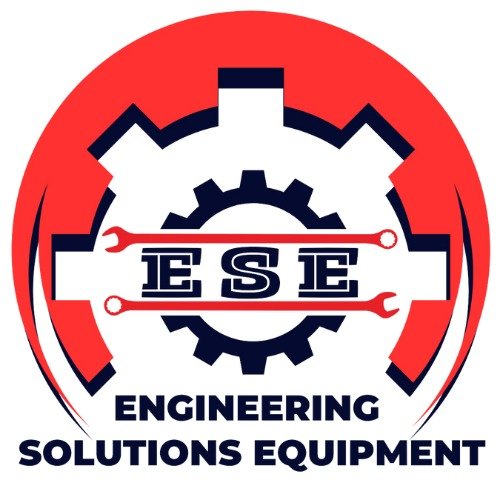

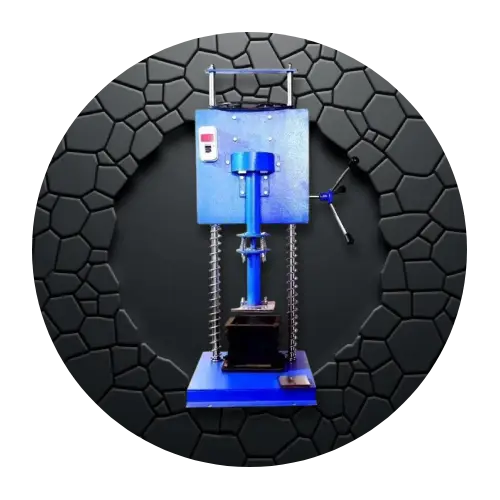
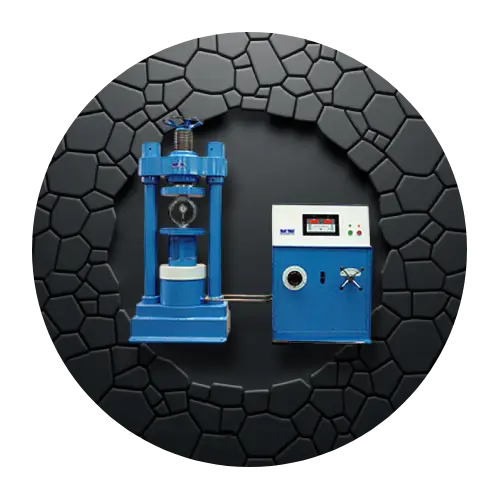
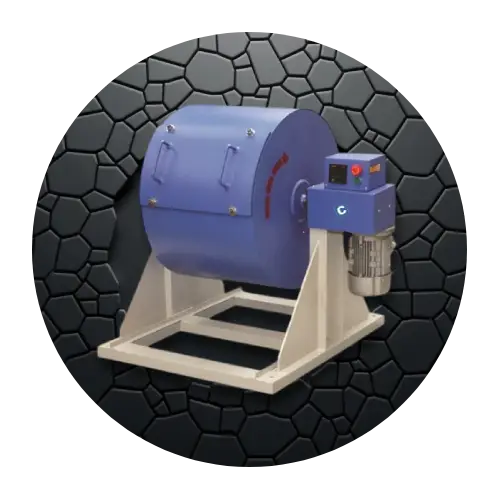
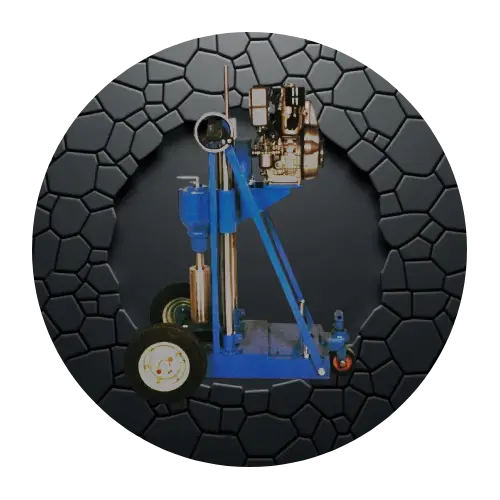
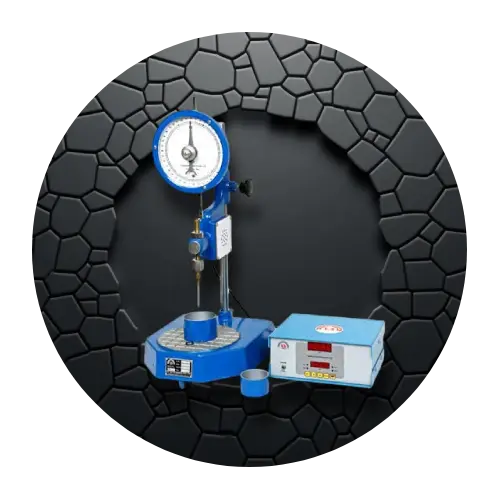

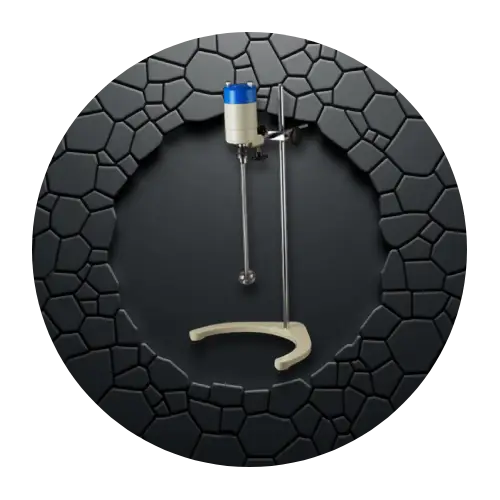

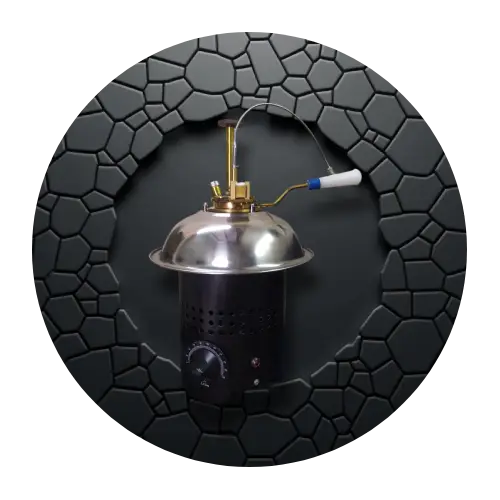
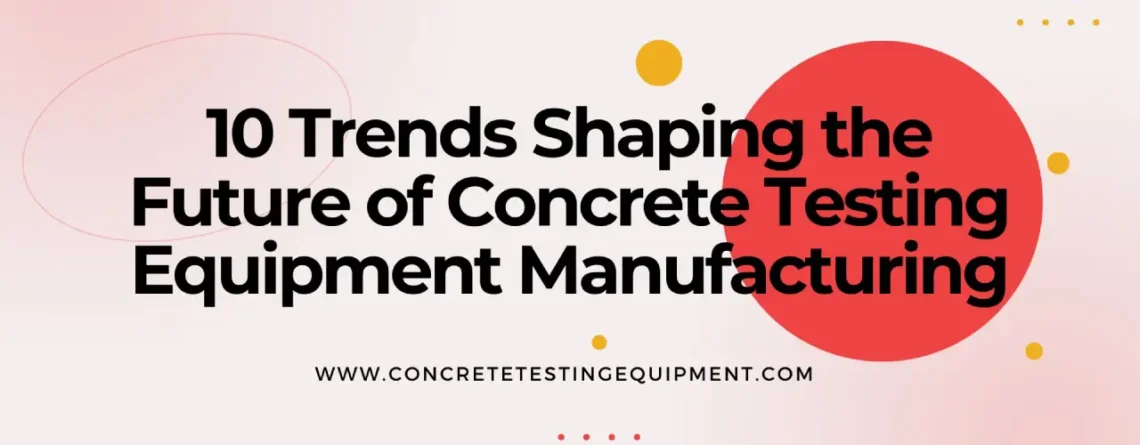



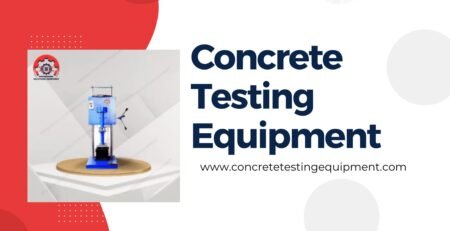
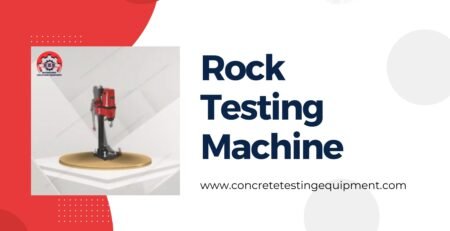

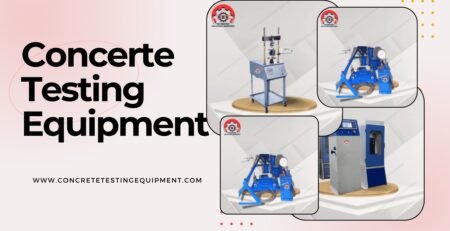





Leave a Reply